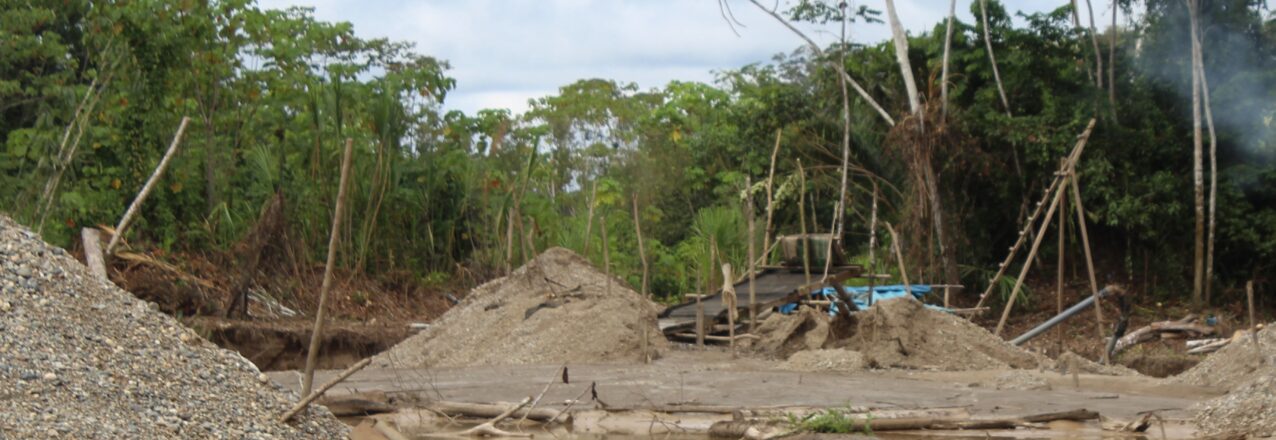Introduction
The uncontrolled expansion of artisanal and small-scale gold mining (ASGM) sector is a significant threat to biodiversity across many Amazonian countries (The CADMUS Group 2019). The effects of the ASGM sector can range from local habitat degradation or destruction to larger-scale pollution, sedimentation, and mercury bioaccumulation in watersheds. These environmental impacts are often accompanied by a suite of negative social effects, including health issues from mercury exposure, high incidence of anemia among exposed children, increased prevalence of tropical diseases such as malaria, and a lack of access to health, education, and sanitation services in mining camps (Weinhouse et al. 2017). Illegal mining is also associated with organized crime, narcotrafficking, trafficking in persons, child labor, and sexual exploitation, all of which are prevalent at illegal mining sites (DOL 2018; GIATOC 2016). Yet both sectors, the artisanal and small-scale mining (ASM) more broadly and the ASGM specifically, offer the promise of reducing poverty for many populations with few livelihood options.
Globally, 40 million people participate in the ASM sector, and in Latin American countries, the sector supports tens to hundreds of thousands of workers (Intergovernmental Forum on Mining, Minerals, Metals and Sustainable Development 2017). Despite the profound socio-environmental impacts generated by the uncontrolled expansion of these activities, economic gains make addressing illegal ASGM a challenge.
The legal and illegal ASGM sector is widespread in Peru, the largest producer of gold in Latin America and the sixth-largest in the world (OECD 2016). In 2019, the ASGM sector generated 22 percent (27.7 metric tons) of gold production in Peru (MINEM 2020). The number of miners directly involved is uncertain, but government reports suggest between 300,000 and 500,000 miners were involved in Peru’s ASGM sector as of 2014 (Defensoría del Pueblo 2014).
Informal ASM and ASGM in Peru are widespread. The government is working to formalize these sectors, resulting in more than 51,000 miners and 8,000 miner associations in the process of formalization in Peru as of April 2020 (REINFO 2020). While the ASGM sector is present across the country, the department of Madre de Dios is the epicenter of illicit alluvial gold extraction and the accompanying deforestation. For this reason, it is the focal point of the Peruvian government’s attempt to control the environmental and human rights abuses of the illegal ASGM sector.
This case study examines the complex drivers behind ASGM sector expansion, the devastating impacts on biodiversity in the region, and the strategies implemented to address the impacts of ASGM in Madre de Dios by the Government of Peru, with support from the United States Agency for International Development (USAID).


